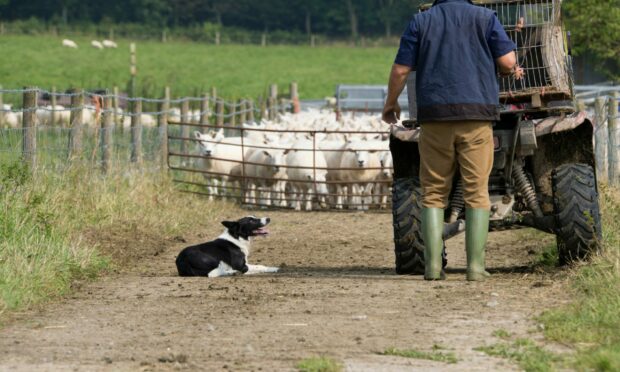Labour costs within agriculture, forestry and fishing grew last year as weekly wages averaged £437, according to new data from the Office of National Statistics (ONS).
The peak earning was reached in December 2022 which saw average weekly earnings hit £462, an increase of £43 or 10% from January 2022, where earnings sat at £419 per week.
Weekly earnings for 2023 have continued to grow higher on the year for the same period, as provisional data for the first four months of 2023 from January to April reached a high of £476 in March.
However, comparing these figures to the construction industry – a sector with a similar pool of labour to agriculture – weekly earnings averaged £709 throughout the 12 months of 2022.
Peak earnings for the construction industry in 2022 were also reached in March at £746 per week – £270 more than an employee working within agriculture, forestry and fishing.
There was an increase of £35 or 5% from January to December for construction, and a year-on-year increase of £39 or 6% from December 2021 to 2022.
Weekly earnings peaked at £476 in March
Provisional data for 2023 shows higher weekly earnings than the same period in previous years, to a high of £768 in March 2023.
The agriculture, forestry and fishing sector also saw an increase in the annual average labour compensation per hour.
This averaged £13.22 for 2022, which is up £2.19 (20%) from 2021, which stood at just over £11 per hour.
Average compensation per hour hit £21.09 for construction in 2022, an increase of 9% (£1.77) from 2021, lower than growth per hour in agriculture.
Responding to the new figures released, the Agriculture and Horticulture Development Board (AHDB) highlighted that shortages of staff continued to persist within the sector.
They said this could have driven up the weekly earnings throughout the year and yearly changes from 2021.
Isabelle Shohet, AHDB analyst said: “Increases in labour costs have been notable across all sectors, however, which could stymie the ability of agriculture to recruit and retain key workers in future.
“Rising staffing costs have been an ongoing concern for all agricultural businesses alongside the whole suite of other rising input costs such as feed, fertiliser, and fuel.”
